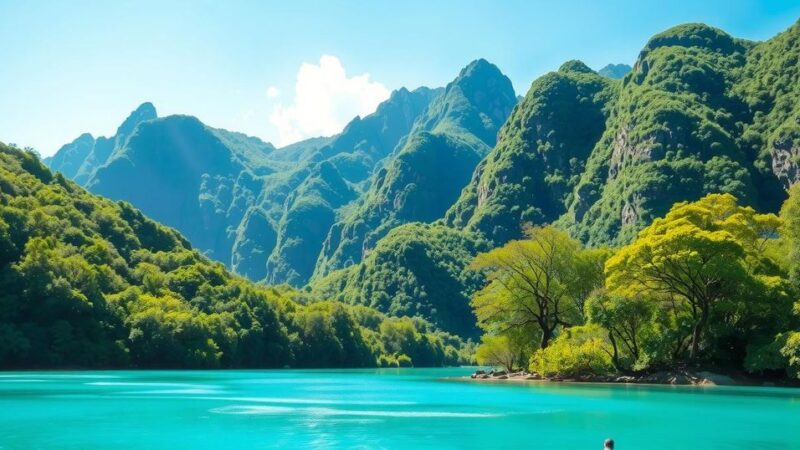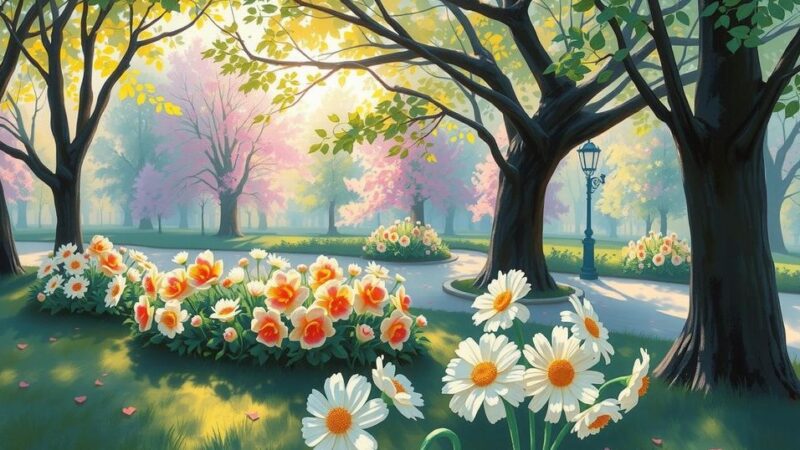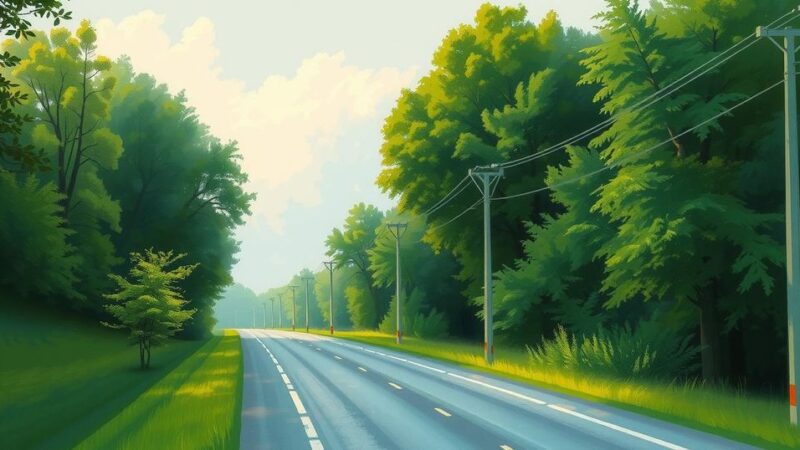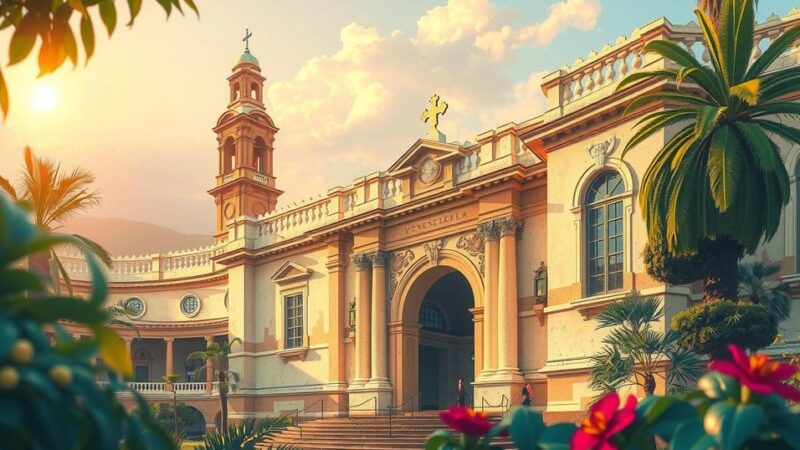This article examines the legacy of murals from Chile’s Popular Unity government, featuring insights from muralist Alejandro “Mono” Gonzalez. It discusses the historical context of artistic expression amidst political repression, the global spread of Chilean muralism, and Gonzalez’s commitment to political education through art today.
The murals that flourished during Chile’s Popular Unity government, though repressed domestically, cultivated a worldwide legacy. This article explores their lasting political influence and features insights from Alejandro “Mono” Gonzalez, a notable muralist.
On a hot summer afternoon, Gonzalez shared reflections on the exhibition “Patria negra y roja,” dedicated to the Chilean painter José Venturelli, a lifelong communist. Beginning his career with Mexican muralist David Alfaro Siqueiros, Venturelli became an influential figure in global art and cultural diplomacy, particularly with the World Peace Council.
Gonzalez highlighted the vibrant musical scene of the 1960s in Latin America, mentioning influential artists such as Atahualpa Yupanqui and the significant impact of the 1959 Cuban Revolution, which inspired new artistic traditions. He also noted that global movements like Chicano and Black radical art influenced Chilean street art.
The year 1968 was pivotal. It not only saw protests in Paris but also the tragic student massacre in Mexico. This massacre galvanized student organizations in Chile, who expressed their activism through creative means such as performances and propaganda, further emphasizing the political climate of artistic expression.
Gonzalez discussed the emergence of grassroots brigades aligned with the Communist Party of Chile, which produced murals as a means of political expression and awareness. A significant initiative, Amanecer Venceremos, mobilized over 120 brigades in the lead-up to Allende’s election victory on September 4, 1970. This coalition proposed radical reforms to address social injustices in Chile.
The Popular Unity government sought to nationalize key industries and promote cultural programs, exemplified by the establishment of the Museo de la Solidaridad. This museum aimed to collect international artworks to democratize culture in Chile. Despite erasure attempts, the murals effectively communicated governmental policies to the masses during Allende’s administration.
However, Allende’s leadership was violently dismantled on September 11, 1973, by the Pinochet regime, which not only assassinated Allende but also aimed to obliterate Marxist art and literature, including those within the Museum of Solidarity.
Even amidst repression, Chilean cultural workers and exiles revived the museum abroad, eventually restoring it in 1991 as the MSSA. The murals, too, survived beyond the coup, spreading globally through Chilean exiles and influencing artists worldwide.
Now, over fifty years post-coup, Gonzalez continues to adapt his artistic practice, focusing on poster design for its accessibility and effectiveness. He emphasizes that art remains a potent tool for political education, particularly as challenges for artists evolve. Gonzalez passionately hosts workshops to motivate younger generations in their artistic and activist pursuits.
In closing, Gonzalez remains committed to ensuring that art serves the public, adapting to contemporary struggles while preserving cultural resistance, whether in Chile or abroad.
The murals from Chile’s Popular Unity government not only faced repression in their homeland but also transcended national borders, making a significant impact worldwide. Alejandro “Mono” Gonzalez’s reflections illustrate the resilience of muralism as a form of political expression and education, emphasizing its continued relevance. Despite historical challenges, artists like Gonzalez endeavor to keep cultural resistance alive through various artistic mediums, highlighting the need for art to address contemporary social issues.
Original Source: thetricontinental.org






